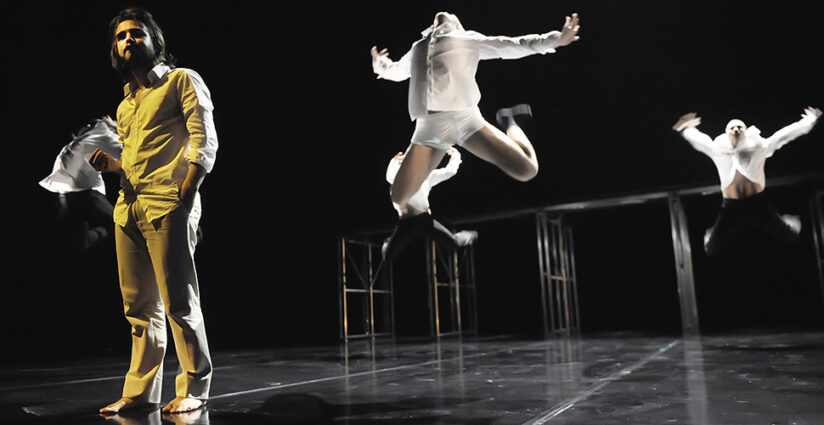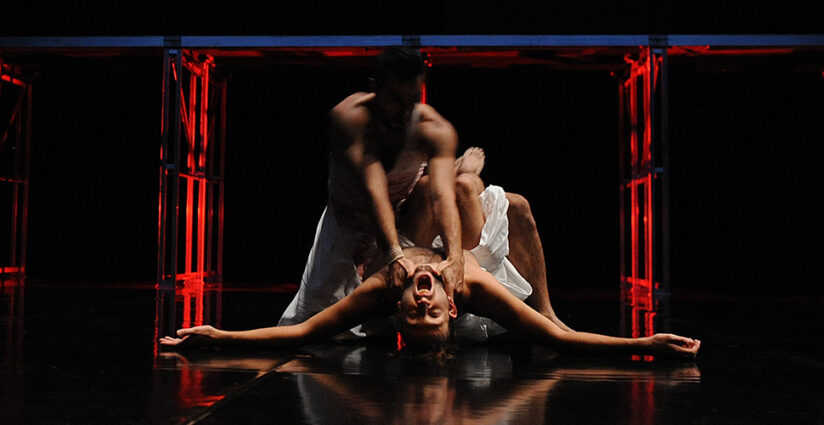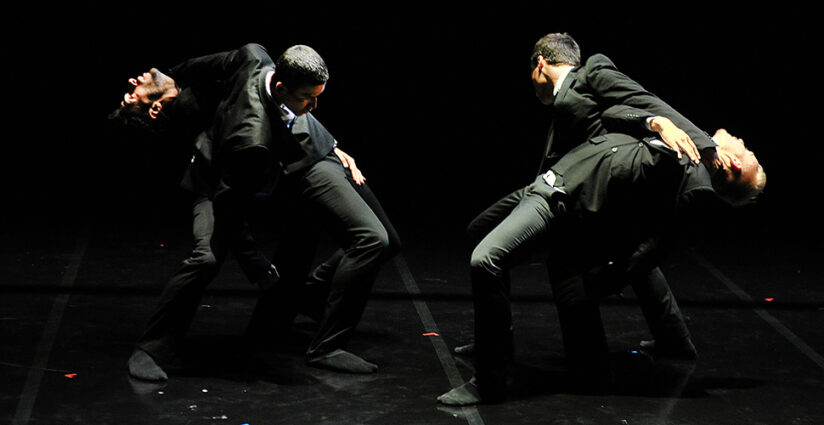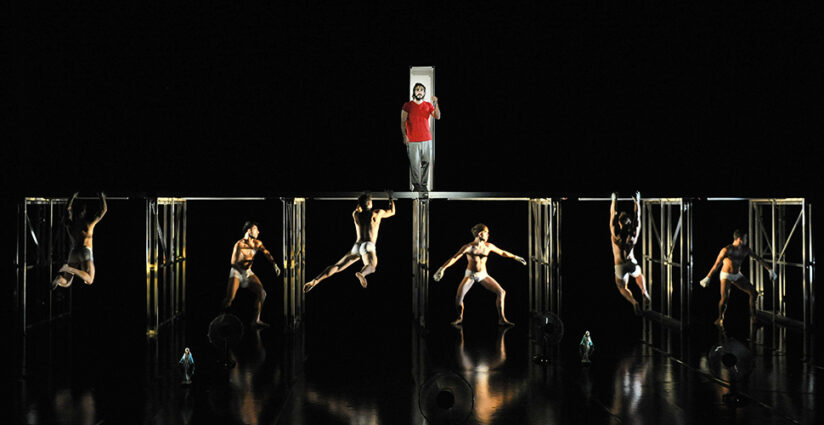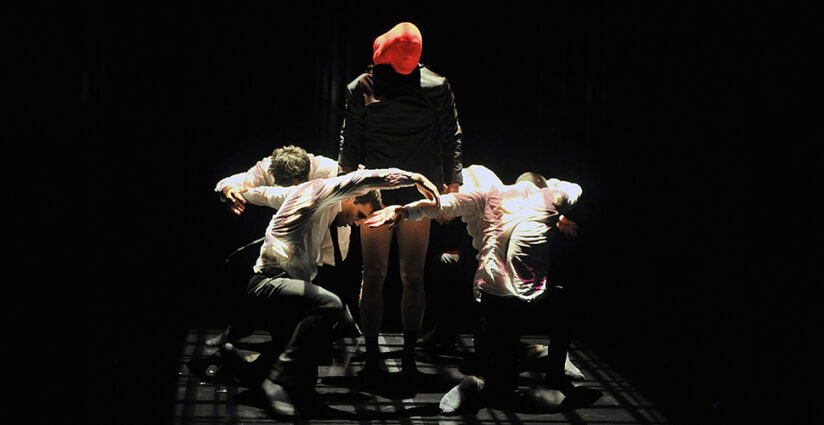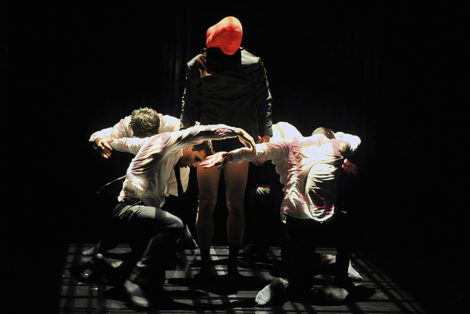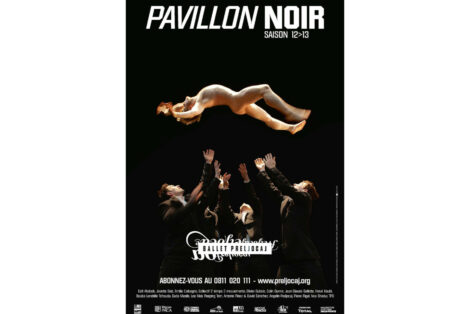Ce que j'appelle oubli by Laurent Mauvignier
2011, 64 pages, Éditions de Minuit
“When he entered the supermarket, he headed for the beer section. He opened a can and drank it. I don’t know what or whom he was thinking about while he was quenching his thirst. What I am sure of, though, is that between the moment when he arrived and when the guards stopped him, no one could have imagined that he wouldn’t get out.”
This story is based on a brief news item about an event that took place in Lyon in December 2009.
"I discovered Ce que j’appelle oubli by Laurent Mauvignier when it was published by Éditions de Minuit. The very form of the text fascinated me immediately. It consists of just one sentence, a long interminable sentence which links the interaction of bodies and the literary structure in a radical way. This materialisation of the flesh makes the text very sensual. It is inhabited corporally with very diverse textures: the aggressive, lively, violent body and the more lascivious, sensual, unwholesome, amorous body…
However the body is also a political one with Mauvignier. Several questions are asked and there is a profound reflection on exclusion, being on the margins, society and consumerism – all taking place in the silent dialogue between the bodies.
I thought that the dance could take possession of the subject by putting the story into perspective and deploying a choreographic writing which would be specific to it.
And obviously it will be necessary to make this text heard: it is extremely rough, uncompromising, in its inexorability, in its beauty and in its emotion.”

